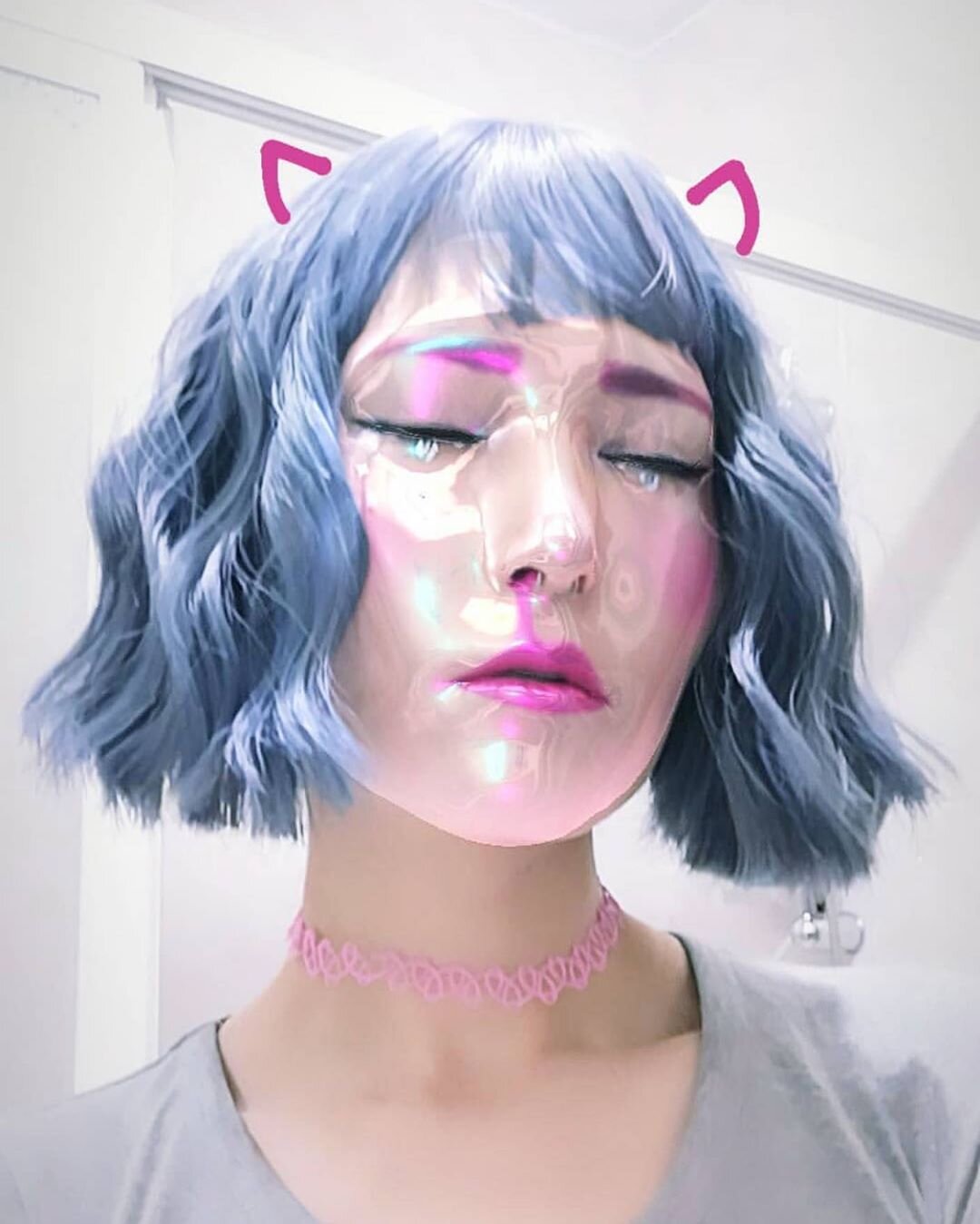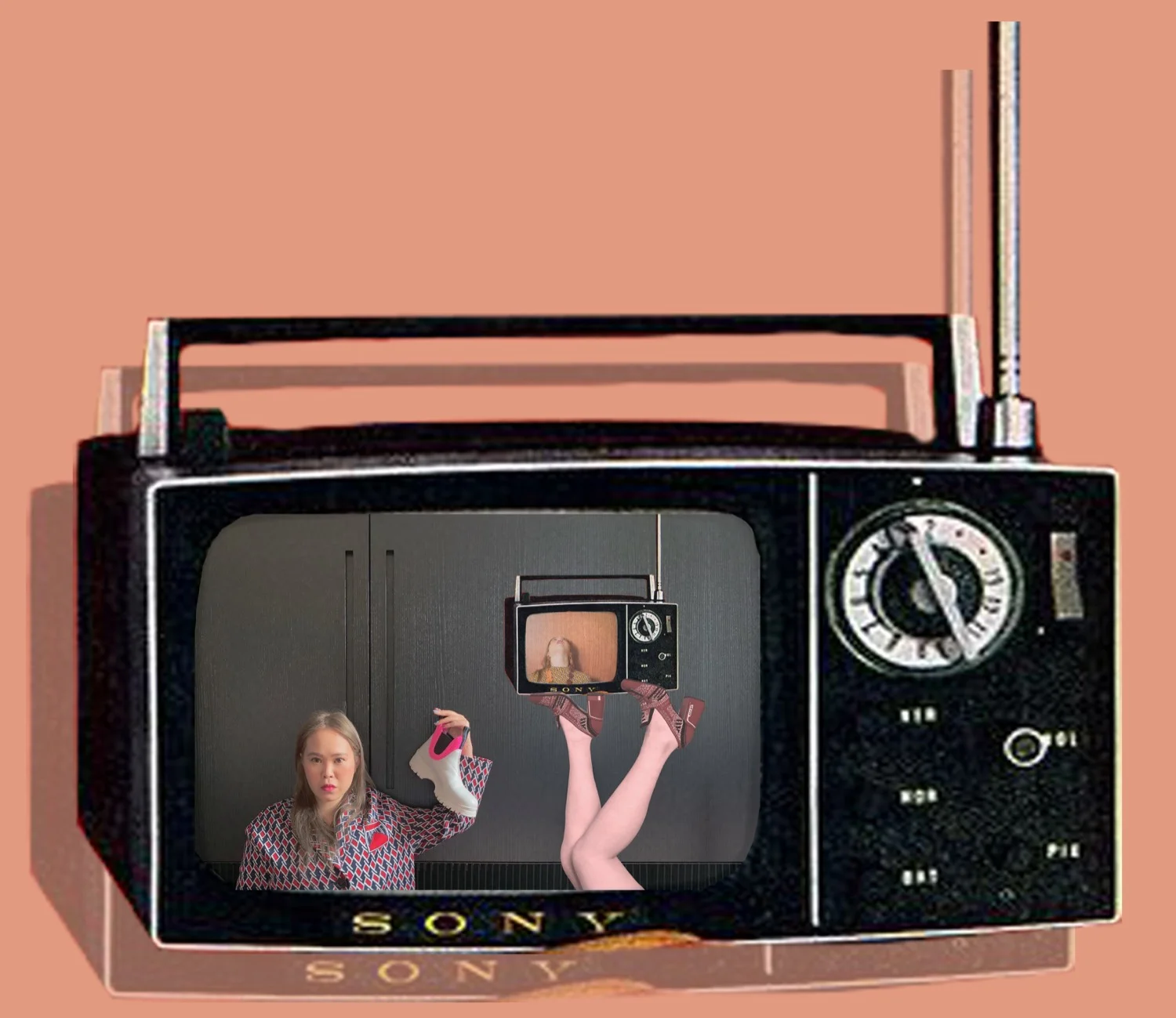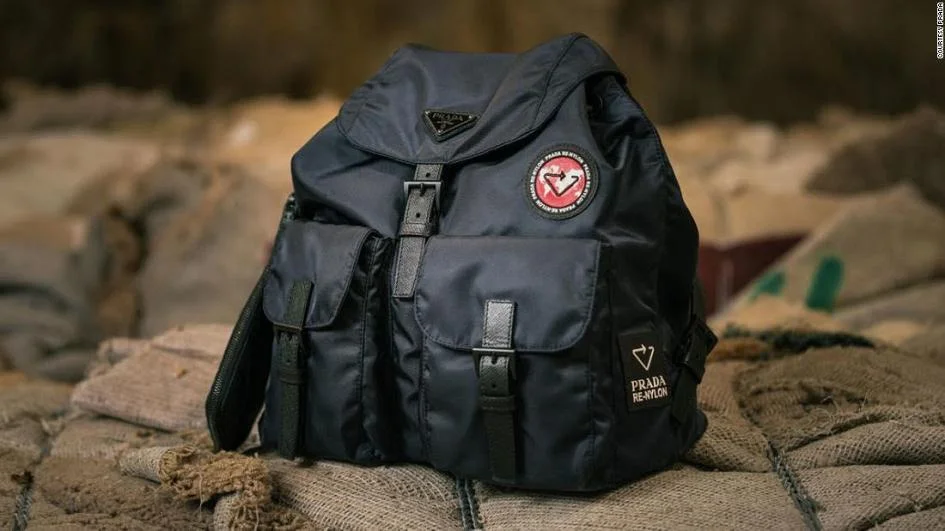Content Editor: Alice On
Painting By Makeup Brushes
Collage Art
Food By Hasselblad
Surrounded By Nature
Editorial and Portrait
Self-Portrait
Shot By Phone
On The Street By Hasselblad
My Flora
Daily Life
Garbage













Daisy’s Vibe
I look for design that incorporates retro elements . For me, these treasures represent timelessness and something that I will continue to enjoy time and time again - I look for things that will still looks good after ten years